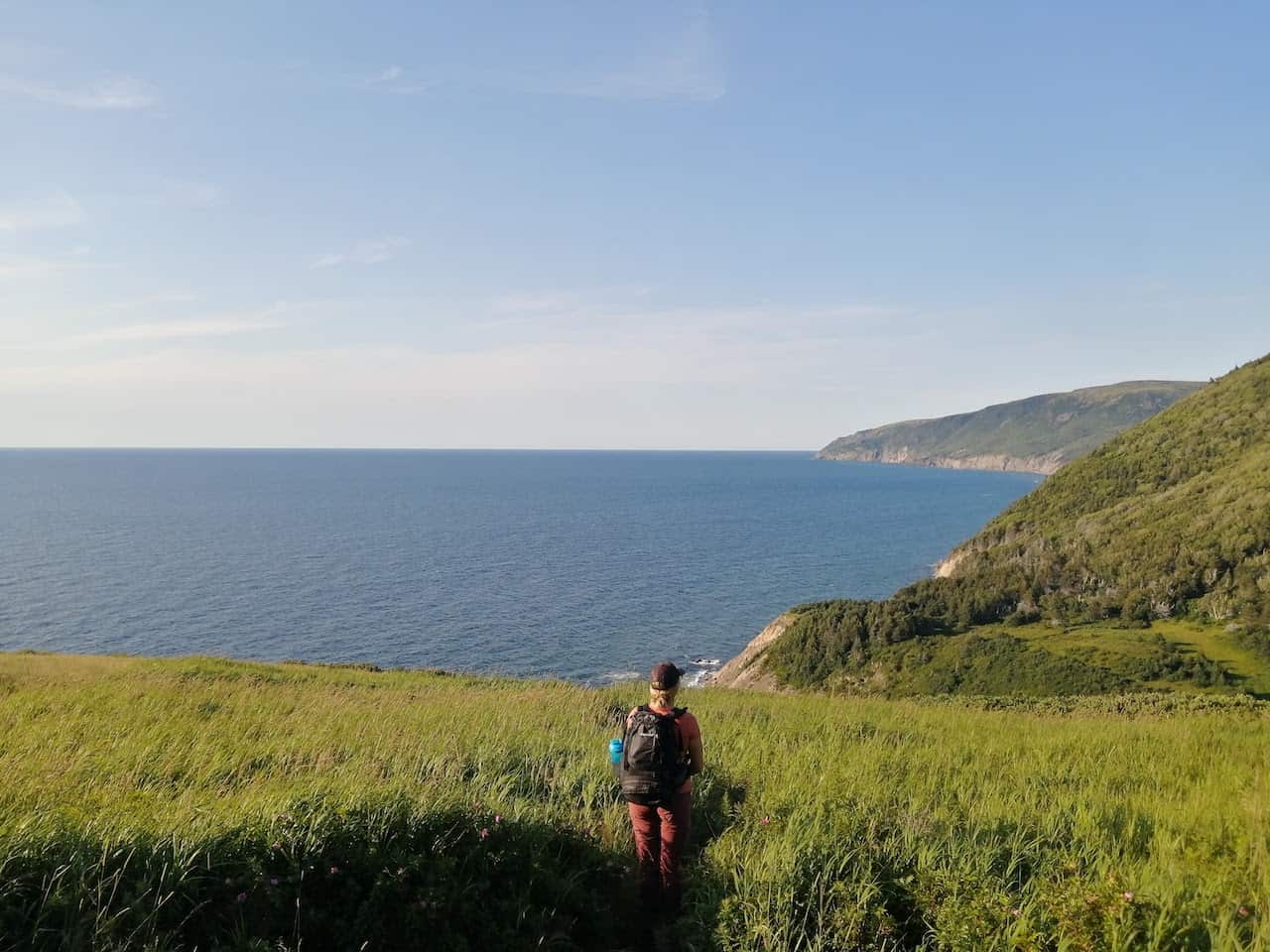
This is the second segment of a two-part article showcasing some of the E.C. Smith Herbarium and Acadia Seed Bank’s contributions to the Irving Biodiversity Collections in 2021. To read the first article, click here.
E.C. Smith Herbarium and Acadia Seed Bank staff collected specimens and seeds prolifically in 2021, too much in fact to fit it all into just one website article! Let’s follow along through the second half of summer and into autumn, to learn more about the biodiversity riches they encountered.
In the Company of Whales
Herbarium staff visited Brier Island three times in 2021 to survey an Acadia University property on the north shore and to collect Eastern Mountain Avens (Geum peckii, Endangered) seeds from the island’s central and southern area bogs. Several rarities were found on the Acadia property including Knotted Pearlwort (Sagina nodosa, imperiled to vulnerable) and Nova Scotia Agalinis (Agalinis neoscotica, vulnerable to apparently secure). Katie championed Eastern Mountain Avens seed collection efforts by obtaining the necessary permits, selecting sites with Alain, then collecting seeds from nine out of 11 sites. Eastern Mountain Avens is only found in two places on earth (Brier Island and White Mountains of New Hampshire) and is unfortunately in sharp decline on Brier Island. Seeds were collected to safeguard the species’ genetics in the Acadia Seed Bank, and they may be used in the future in case of rescue and restoration efforts. And yes, whales were seen while visiting the island!
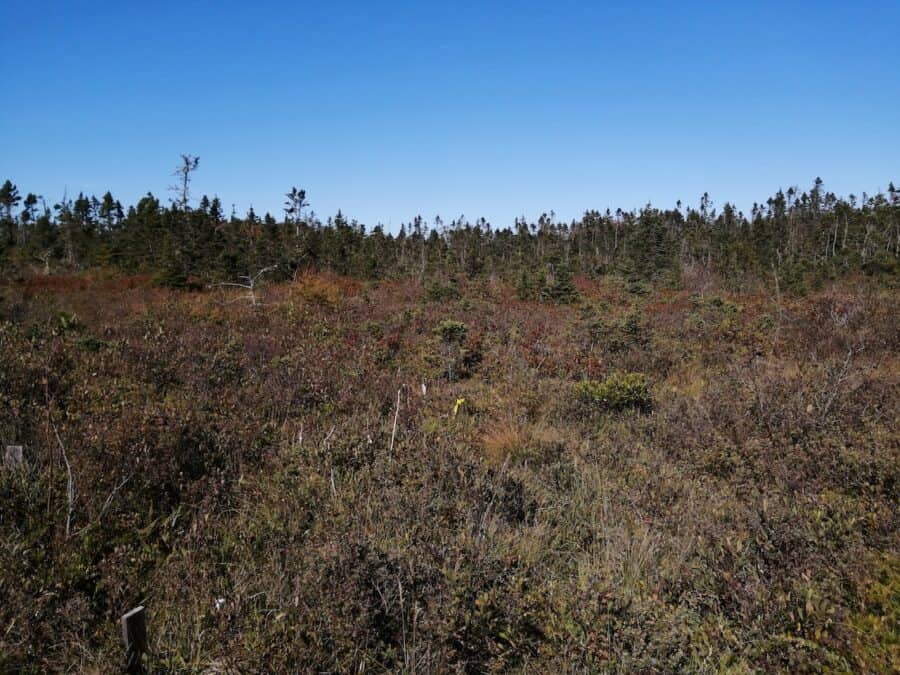
Bog habitat on Brier Island, home to endangered Geum peckii 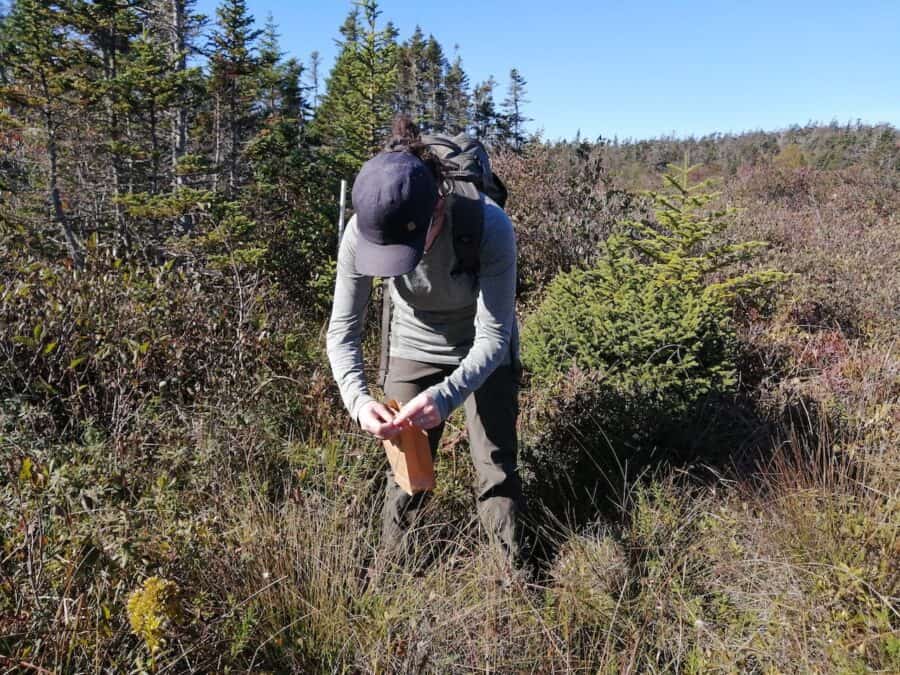
Herbarium student Katie collecting Geum peckii seeds 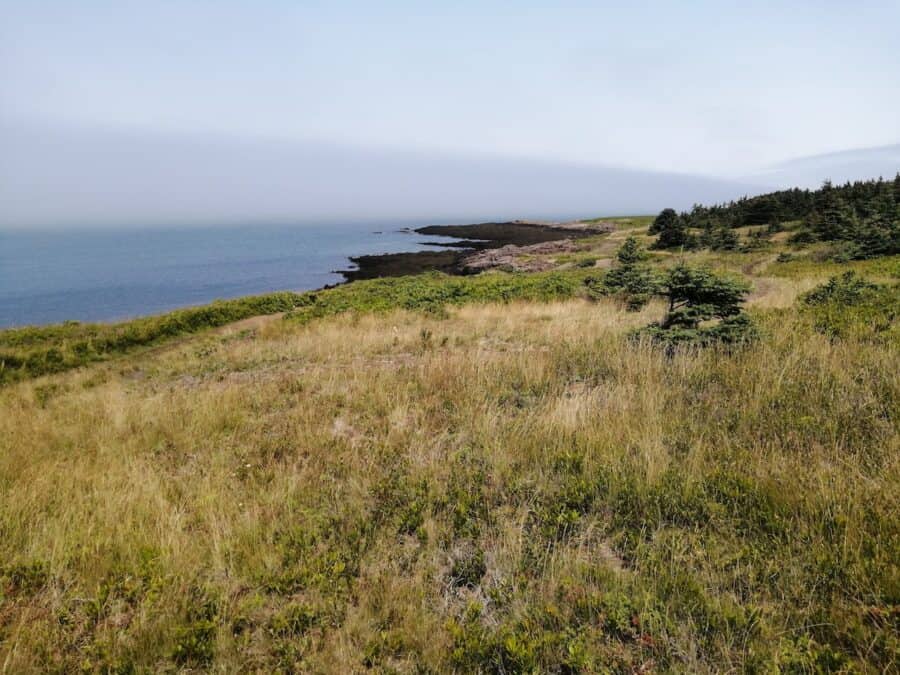
Beautiful coastal habitat on Brier Island 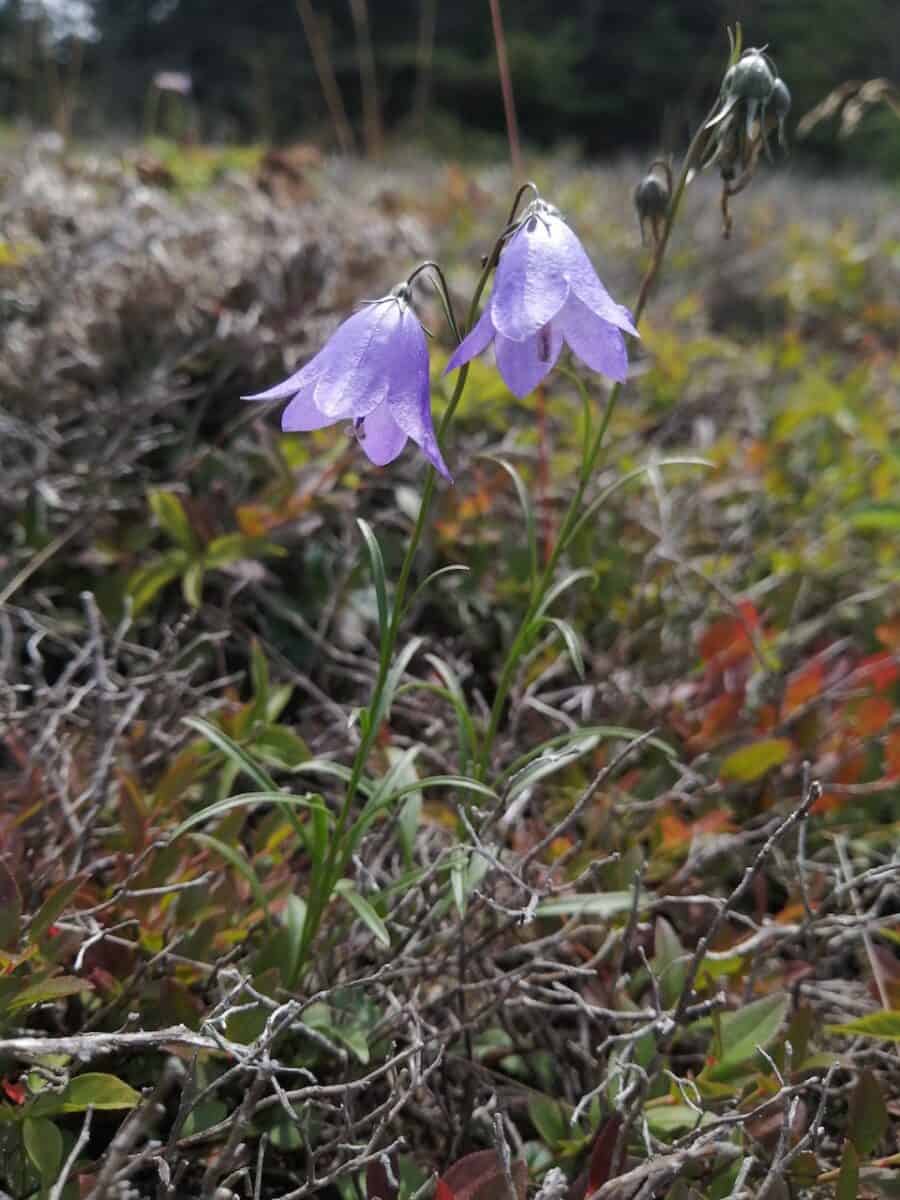
Nova Scotia Agalinis (Agalinis neoscotica)
Cape Breton Highlands
The Cape Breton Highlands never disappoint. Although most people know the highlands as one of the world’s premier tourism destinations and an area with magnificent views, it’s also home to a rare species hotspot from a wide variety of habitat types. Herbarium staff spent two weeks in the highlands in mid-summer, collecting many specimens and seeds along the way. Arctic-Alpine habitat was encountered, including an open rocky barren with what is likely only the second record for Strapping Witch’s Hair Lichen (Alectoria vexillifera) from the Acadian Forest Region. One section of the Polletts Cove River valley provided some excitement when Herbarium staff found the province’s largest population of Maidenhair Fern (Adiantum pedatum, critically imperiled) ever. In the Ingonish River area, staff found marble bedrock gorges with many imperiled species including the province’s second record ever of Fan Pelt Lichen (Peltigera venosa). Staff also found marble-influenced wetlands with many rare species, including Black Ash (Fraxinus nigra, Threatened), Showy Ladies’-Slippers (Cypripedium reginae, vulnerable), and Brook Lobelia (Lobelia kalmia, imperiled).

Critically imperilled Maidenhair Fern (Adiantum pedatum) 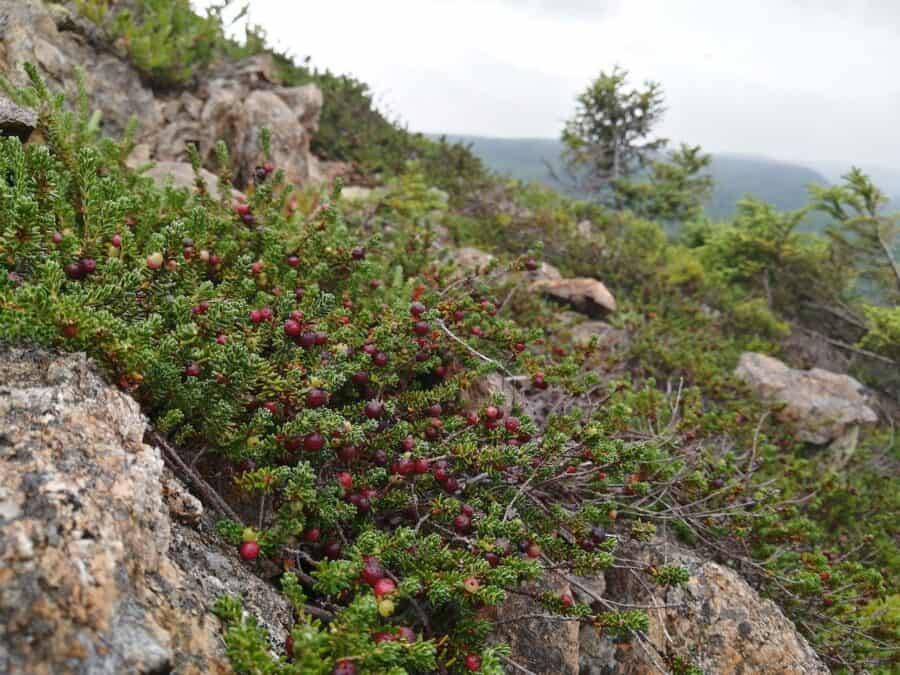
An imperilled to vulnerable species of Crowberry 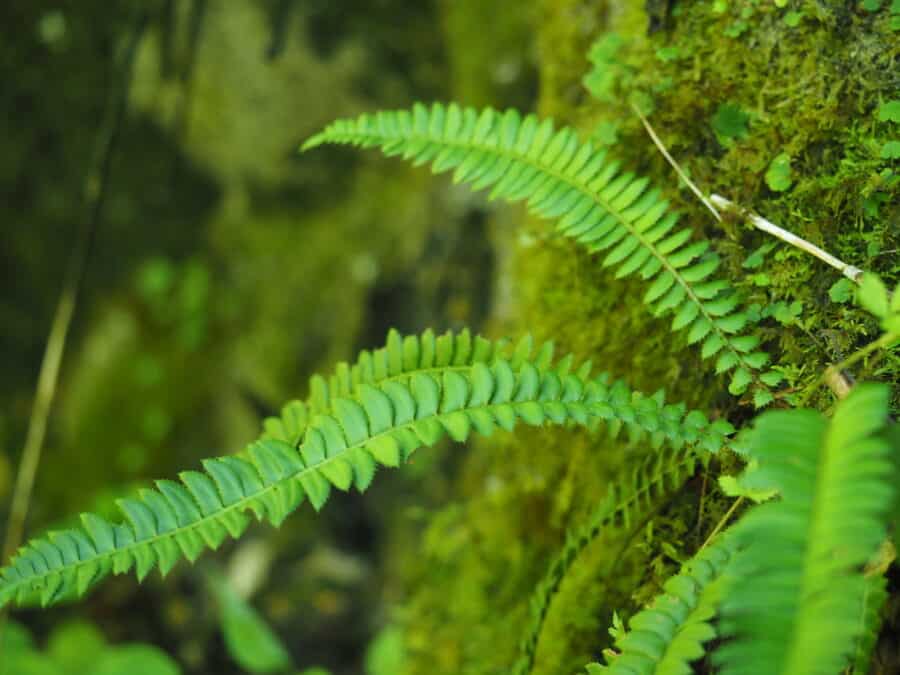
Imperilled Northern Holly Ferm 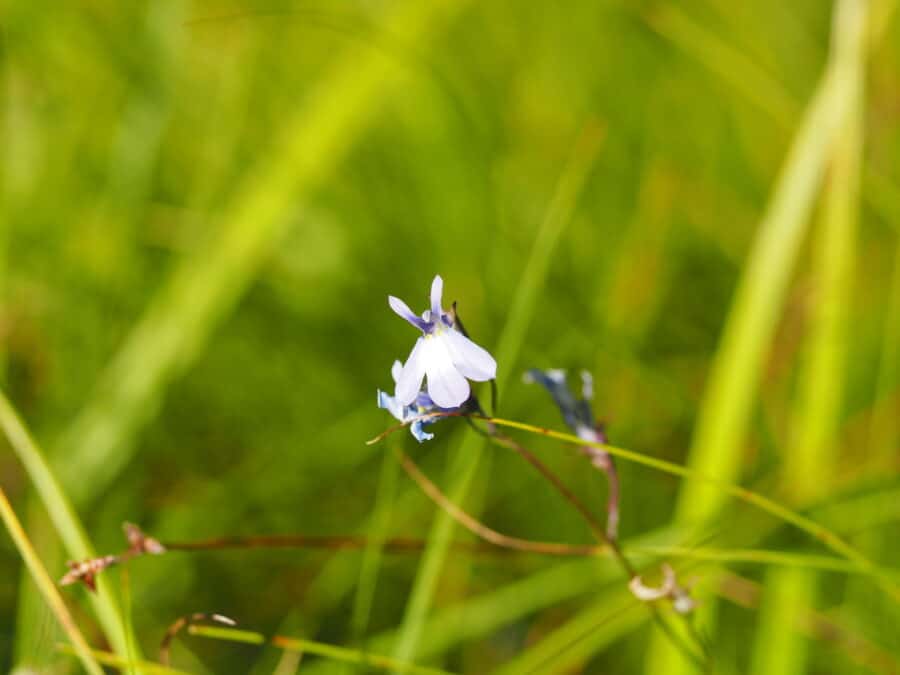
Imperilled Brook Lobelia (Lobelia kalmia) 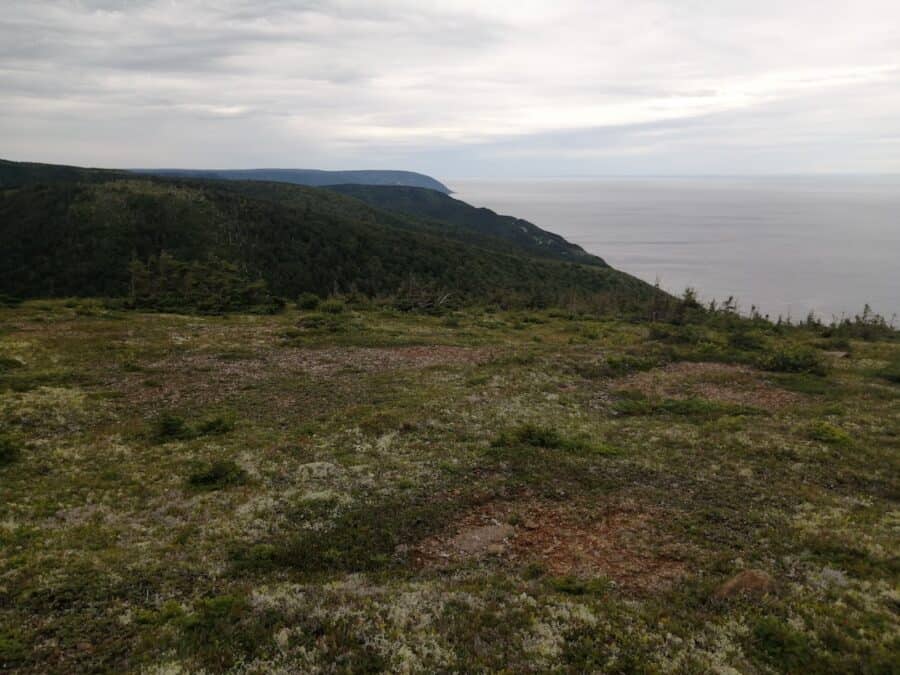
Rocky barrens of an Arctic-Alpine habitat 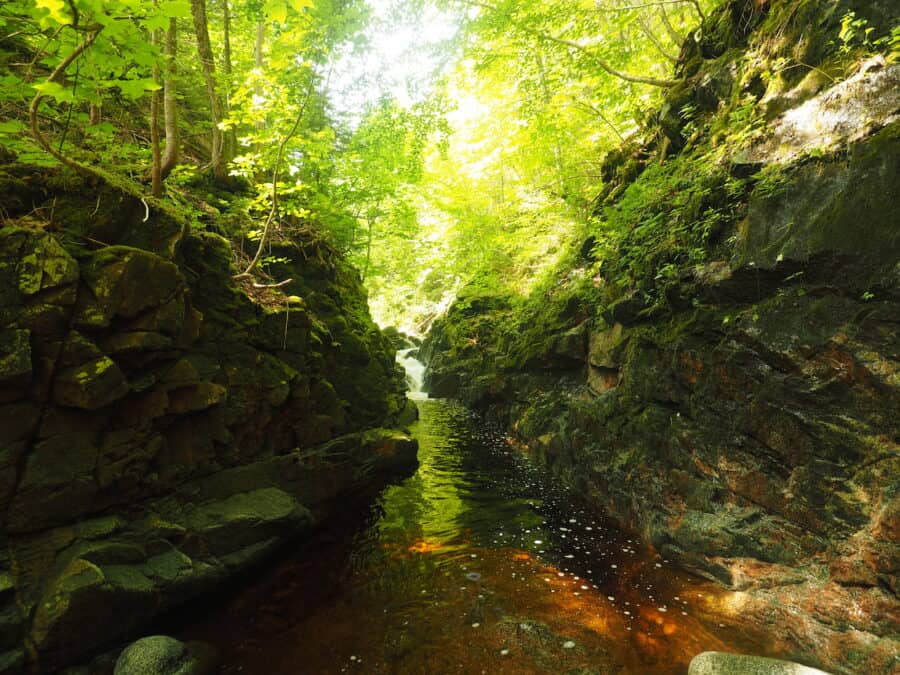
Power Brook near Ingonish River
Record Number of Collections
The year 2021 was outstanding for finding and documenting some of the region’s rarest species, and also for collecting more seeds than ever for the Acadia Seed Bank. With regards to seeds, more than 100 different species were collected, representing well over 200,000 individual seeds. Some species like Eastern Mountain Avens are in critical need of seed collection because they are struggling in the wild and in situ conservation is not guaranteed.
Collection efforts were remarkable in large part to Herbarium staff members Katie and Christie, and also the wider community of volunteers, naturalists, colleagues, and funders that kindly collaborate with the K.C. Irving Environmental Science Centre to foster the conservation of biodiversity in the Acadian Forest Region. It is now time to hunker down in the Centre to process and publish all of our 2021 finds, and to wait with bated breath for the 2022 field season!
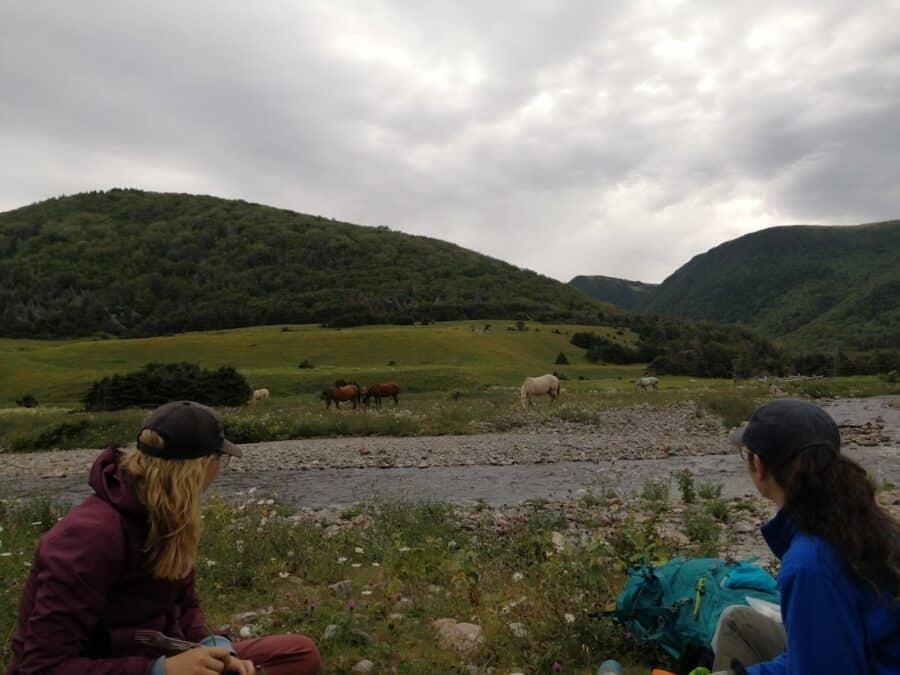


 Acadia University
Acadia University